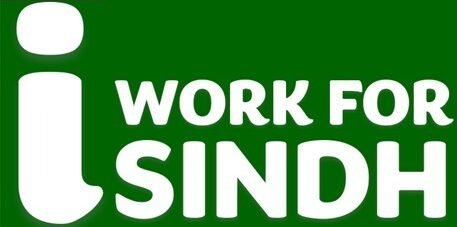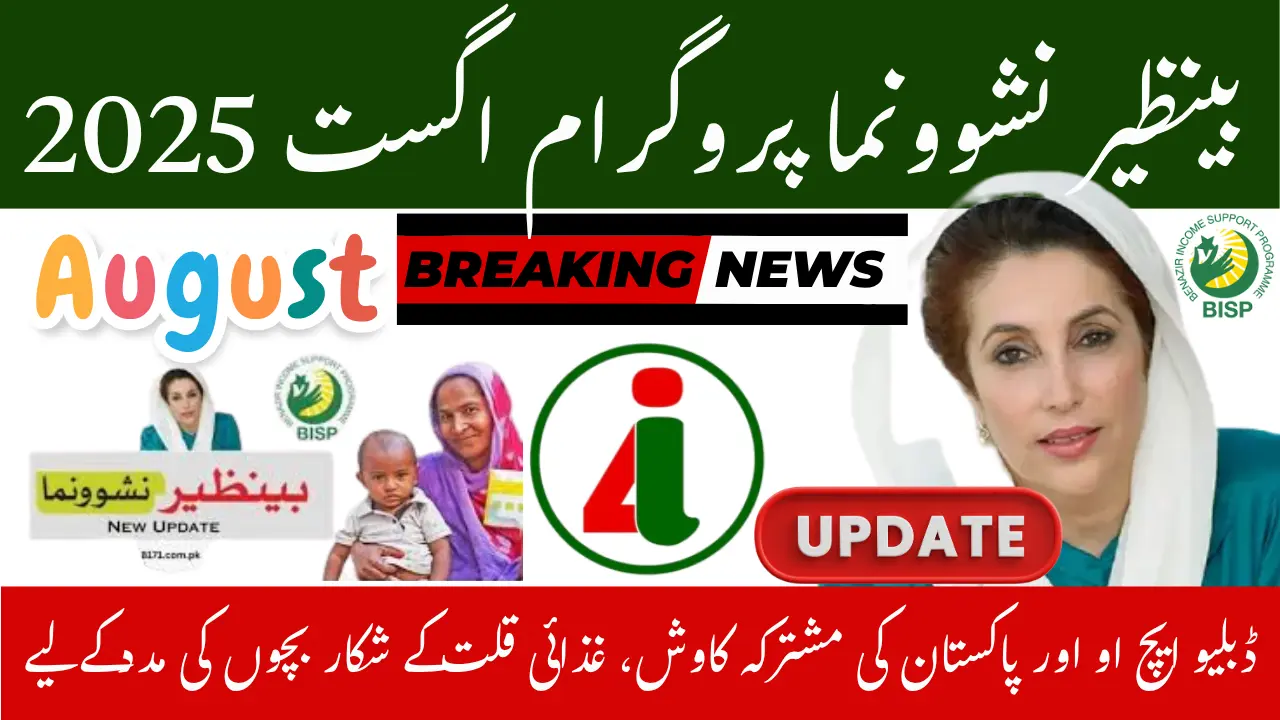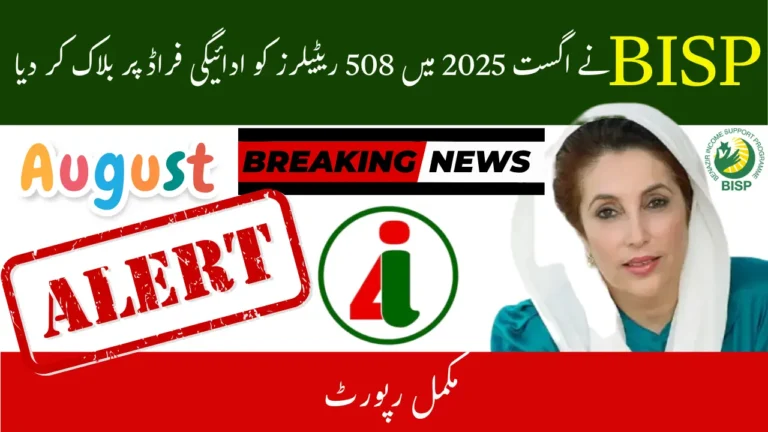Explore how the Benazir Nashonuma Program August 2025, is helping mothers and children fight malnutrition. Learn about cash support, free health services, WHO’s role, and how to register for benefits across 155 districts.
Malnutrition remains one of the most pressing challenges faced by Pakistan today. With millions of children suffering from stunting, wasting, and underweight conditions, the government is actively seeking sustainable solutions. In August 2025, the Benazir Nashonuma Program, launched under the umbrella of the Benazir Income Support Programme (BISP), continues to make significant progress, particularly through its strengthened partnership with the World Health Organization (WHO).
This article offers an in-depth analysis of how this program is evolving, how it operates in 2025, and what beneficiaries can expect. We’ll cover updated features, current stats, registration steps, facility access, and the program’s deep impact on maternal and child health in Pakistan—plus answers to the most frequently asked questions.
What Is the Benazir Nashonuma Program August 2025?
The Benazir Nashonuma Program is a conditional cash transfer initiative introduced in July 2020, aimed at combating chronic malnutrition among pregnant and lactating women (PLWs) and children under two years of age. This initiative operates under BISP and is funded by the Government of Pakistan with support from international development partners, including the WHO and the World Bank.
Under this program, enrolled women receive a monthly stipend of Rs. 2,000 if they meet health and nutrition targets, such as regular antenatal check-ups, child vaccinations, and awareness sessions on health and hygiene.
Key Updates for Benazir Nashonuma August 2025 Update in August 2025
The Nashonuma Program is going through major changes in August 2025, bringing better support and services to mothers and children across Pakistan.The following are the latest updates:
1. Expansion to 155 Districts
Initially launched in a pilot phase in 14 districts, the program now covers 155 districts across Pakistan. New districts added in August 2025 include several underserved regions of Balochistan, Khyber Pakhtunkhwa (KPK), and South Punjab.
2. WHO-Backed Health Monitoring
WHO has introduced a standardized health dashboard system integrated into the program. It helps track:
-
Growth monitoring of enrolled children
-
Health history of pregnant women
-
Immunization status
3. Mobile Health Units (MHUs)
To reach remote and flood-affected areas, 40 new mobile units have been launched in August 2025. These units provide nutritional supplements, vaccinations, antenatal care, and counseling.
4. Digital Identity Verification
In collaboration with NADRA and WHO, a new biometric verification system is now functional to ensure only eligible beneficiaries receive assistance, reducing fraud.
Eligibility Criteria for Benazir Nashonuma Program 2025
If you want to join the Benazir Nashonuma Program in August 2025, here’s what you need to qualify:
-
Must be registered with BISP as an active beneficiary.
-
Either a pregnant woman, a lactating mother, or the guardian of a child under two years.
-
Monthly household income should fall below the national poverty line.
-
Must possess a valid CNIC.
-
Must agree to attend scheduled health checkups, awareness sessions, and vaccination camps.
How the Program Supports Pregnant Women and Children Registration Process August 2025
If you qualify for the program, here’s how you can get yourself registered step by step:
Step 1: Visit the Nearest Nashonuma Center
Over 650 Nashonuma Centers are active as of August 2025. These are usually located inside district hospitals, BHUs, or RHCs.
Step 2: CNIC & B-form Verification
Carry your original CNIC, B-form of child (if applicable), and any previous medical records.
Step 3: Biometric Enrollment
The staff will take your biometric verification using NADRA-integrated devices.
Step 4: Medical Check-up
A medical screening will be conducted by a certified Lady Health Worker (LHW) or medical officer.
Step 5: Final Registration & Monthly Disbursement
If approved, your stipend will be disbursed via BISP’s designated banks or mobile wallets, typically within 15–30 days.
What Does a Beneficiary Receive?
Once enrolled, each beneficiary receives a combination of financial aid and health services:
-
Rs. 2,000 per month cash transfer
-
Free antenatal & postnatal checkups
-
Growth monitoring & deworming
-
Iron, folic acid, and calcium supplements
-
Immunizations under EPI
-
Health awareness sessions on:
-
Breastfeeding
-
Hygiene & sanitation
-
Family planning
-
Mental health support
-
Impact So Far: August 2025 Statistics
Let’s take a look at the measurable success of the program up to August 2025:
| Metric | Value (August 2025) |
|---|---|
| Total Registered Mothers | 1.9 million+ |
| Children Beneficiaries (Under 2 Years) | 2.1 million+ |
| Districts Covered | 155 |
| Mobile Units Deployed | 40 |
| Malnourished Children Treated (via WHO) | 43,000 (annually) |
| Women Receiving Awareness Training | 1.2 million |
The numbers speak volumes. Malnutrition rates in participating districts have dropped by 8% on average, and exclusive breastfeeding rates have increased by 17% compared to 2022 levels.
WHO’s Role in 2025
In August 2025, WHO is actively contributing through:
-
Technical assistance in nutrition data standardization
-
Training modules for 5,000+ health staff
-
Supply of growth-monitoring equipment
-
Integration of real-time monitoring tools
-
Direct support in malnourished children treatment centers
Their involvement has significantly enhanced credibility, consistency, and international best practices in the program.
Real Stories: Lives Changed in 2025
Maria from Dera Ghazi Khan:
“I didn’t even know I was severely anemic during my pregnancy. Nashonuma Center gave me free checkups, iron tablets, and even helped my daughter complete her vaccines. My baby is healthy, and I receive Rs. 2,000 monthly!”
Yasmeen from Swat:
“Our area had no clinics nearby. When the mobile unit came, I registered in one visit. The team treated my son’s diarrhea, gave food packets, and trained me on hygiene. It’s a blessing.”
FAQs About Benazir Nashonuma & WHO Join Hands in August 2025
1. Can I register online for the Benazir Nashonuma Program?
No. As of August 2025, you must visit a Nashonuma Center physically for biometric verification and medical screening.
2. Is the Benazir Nashonuma Program different from the regular BISP Kafaalat payments?
Yes. Nashonuma is a conditional program focused on health & nutrition, while Kafaalat is unconditional cash support.
3. Can a child under 2 years receive benefits without the mother being registered?
No. Either the mother or the guardian must be registered with BISP and meet program requirements.
4. How often will I get the Rs. 2,000 stipend?
You will receive it monthly, provided you meet all conditions such as attending health checkups and awareness sessions.
5. What if my child is found malnourished?
Severely malnourished children are referred to WHO-supported stabilization centers, where treatment and follow-up are free.
6. Can I still get assistance if I live in a remote village?
Yes! New Mobile Health Units cover remote areas in August 2025. Watch your local area notice board or contact BISP for their schedule.
Conclusion for Benazir Nashonuma Program 2025 Update
The Benazir Nashonuma Program, especially in collaboration with WHO in August 2025, is proving to be a revolutionary social intervention. By blending financial support with critical maternal and child healthcare, the initiative is empowering underprivileged women, reducing child mortality, and helping fight the malnutrition crisis in Pakistan.
As the program continues to expand across all districts with digital and mobile integration, it represents not just a welfare initiative—but a nation-building movement that promotes long-term human capital development.
If you or someone you know meets the eligibility, don’t wait—visit your nearest Nashonuma Center today and secure a healthier future for your child and yourself.







